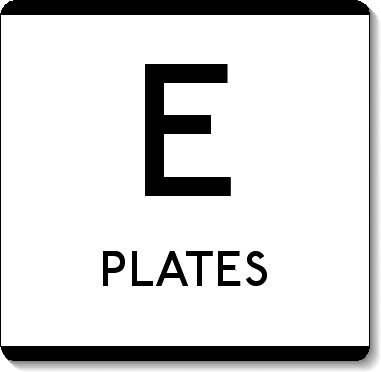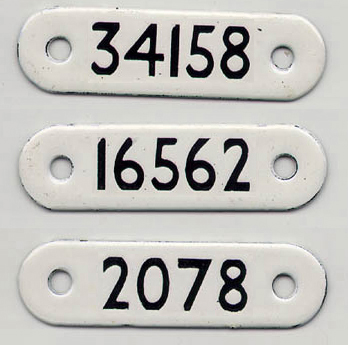
Before the 1930s passengers could hail a bus wherever it suited them, and buses could stop anywhere (within reason) to pick up passengers or set them down. This could play havoc with bus running times, and as London’s traffic increased, so the problem became worse. In 1913 the London General Omnibus Company experimented with a few fixed stops, but it wasn’t until the 1920s that the Company intorduced bus stops at the busiest places. Even so, buses still had to stop when requested. The new London Passenger Transport Board soon grasped the nettle and began to increase the number of fixed stops. In March 1935 it introduced an experimental scheme whereby stops were placed along an entire stretch of route from Euston Road to Tottenham. By 1937 nearly 150 miles of road had fixed strops and LT continued the strategy, either by fitting stops along specific routes or in designated areas. By the early post-war period the whole of LT’s vast area had fixed bus stops. | |
Where multiple routes served the same area, “E” plates were simply slotted into runners underneath the stop flag on bus and coach stops so that passengers could identify what routes served the stop they were at. This system was used for many years until the plates were replaced by cheaper vinyl stickers. These “E” plates were made of enamel on steel, measuring 51⁄8" (130 mm) wide × 5" (127 mm) deep, and weighed a hefty 81⁄2 ounces (240 grams). | |
Central London route “E” plates are not rare, as they were produced in great quantities, but they are not often seen now because so many have been snapped up as door plates, et cetera. Split “E” plates are much rarer as they were usually made for particular stops or groups of stops, and the routes are often found in interesting combinations. The Country Area (3××, 4×× and 8×× series) routes were transferred to London Country in 1970 and they soon ceased using “E” plates on bus stops, preferring to use stickers instead. Green Line plates are very sought after nowadays and not easy to find. They are especially interesting as there are so many variations of wording. | |
 These enamel bus stop reference number plates were affixed by means of two screws to the shallow recess on the underside of bus and coach stop flags to show the stops number for reference. They are are very difficult to find nowadays. They are approximately 23⁄4 inches (70 mm) wide by 3⁄4 inches (20 mm) deep, with rounded ends. These particular ones were never used because London Transport moved over to using vinyl stickers as they were much cheaper to produce, and change is necessary. Only one plate was made with each number, so each one is unique. I have no idea which locations these numbers would have been allocated to.
The route descriptions were written by Michael Harris, for his ebay auctions of surplus plates. If you’re interested, look for seller punzel9072. | |
[an error occurred while processing this directive]